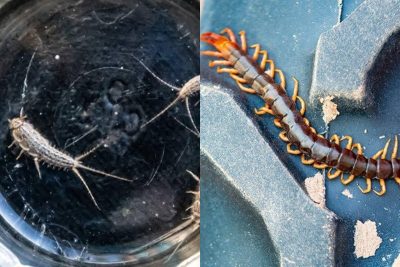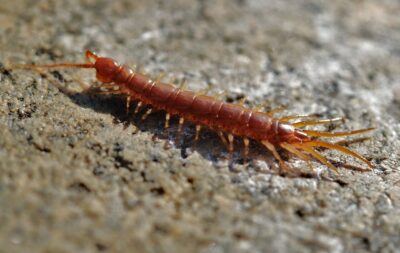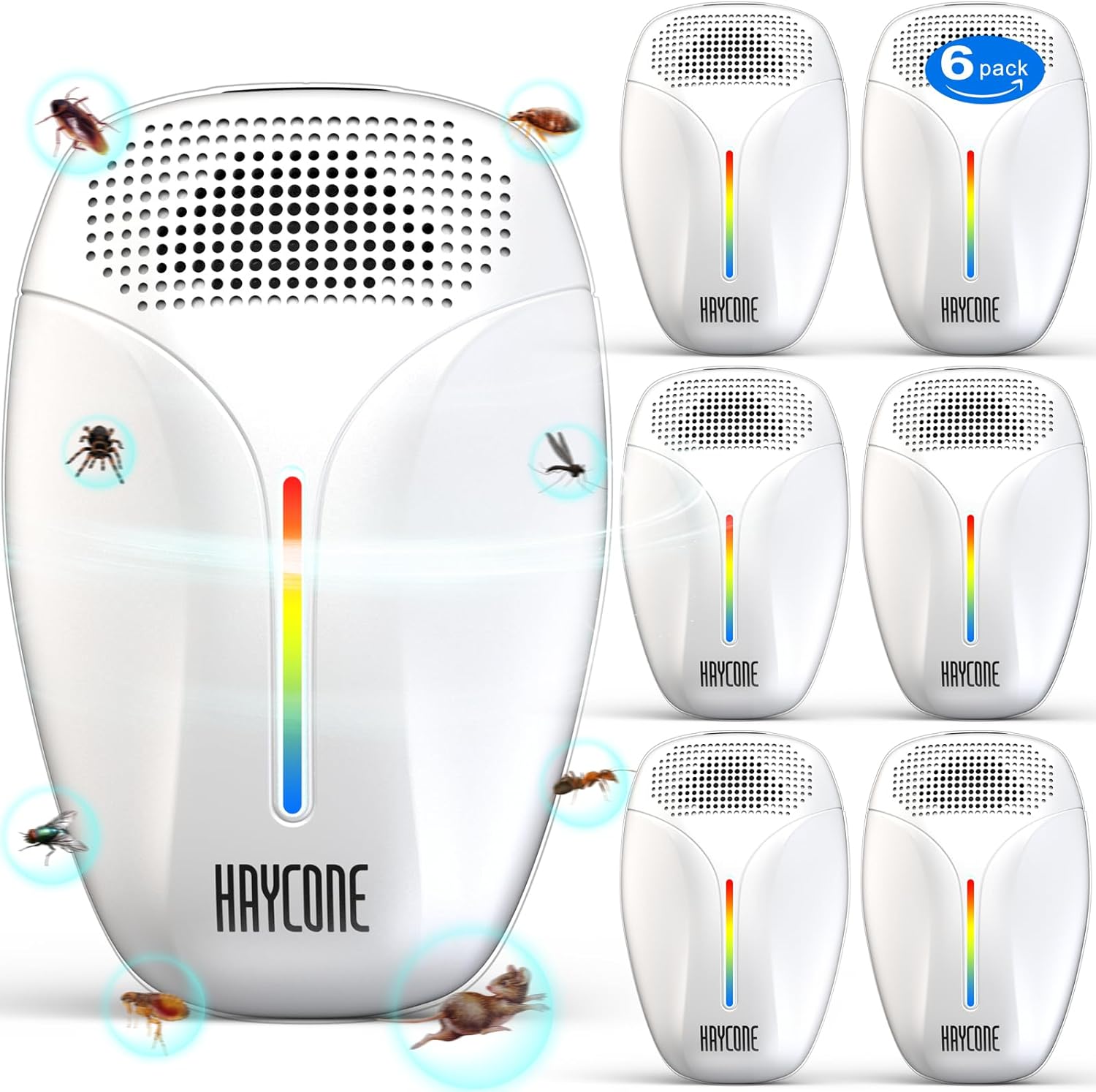Centipede Control & Removal
House centipedes, while beneficial predators of other household pests, can be unsettling when found indoors. These fast-moving arthropods prefer dark, damp environments and typically enter homes seeking prey or moisture. While they rarely bite humans and can help control other pest populations, their presence often indicates underlying moisture issues or other pest problems that need attention.
Recommended Products
Catchmaster Centipede XL Glue Boards
These pre-scented, non-toxic glue boards provide year-round protection against centipedes and other household pests. Each pack includes 6 extra-large traps that can remain effective for up to one year under normal conditions.
- Pre-Scented Attraction
- Long-Lasting Protection
- Safe & Non-Toxic
- Universal Application
TERRO Spider & Insect Trap
A versatile pest control solution that effectively traps and kills multiple crawling insects, including dangerous spiders like brown recluse and black widow. Features a flexible design that can be used flat for maximum coverage or folded to conceal captured pests.
- Multi-Pest Control
- Flexible Design
- Comprehensive Coverage
- Easy Installation
Haycone Ultrasonic Pest Repeller
This upgraded ultrasonic pest repeller uses advanced sound wave technology to drive away pests like ants, rodents, cockroaches, spiders, and mosquitoes. Safe for humans and pets, it provides a non-toxic, chemical-free solution for keeping your home pest-free.
- Ultrasonic Technology
- Safe & Eco-Friendly
- Wide Coverage
⚠️ Health & Safety Risks
- Minor bites (rare but possible)
- Anxiety and stress reactions
- Sleep disruption
- Indication of moisture problems
- Sign of other pest issues
🚨 When to Call a Professional
- Large-scale infestations
- Recurring problems
- Moisture damage present
- Multiple pest issues
- Failed DIY attempts
🏥 Emergency Response
- If bitten: Clean area with soap and water
- Allergic reaction: Seek medical attention
- Water damage: Address moisture source
- Multiple pests: Schedule inspection
- Basement flooding: Contact water removal service
🔍 Identification & Signs

Centipede vs Silverfish: How to tell the difference?
Having a centipede or silverfish in your house can be pretty creepy. You might see tiny insects in your home…
Read More →🏡 DIY Removal Guides

How to Get Rid of Centipedes: Complete Guide to Prevention and Control
Centipedes can be alarming with their numerous legs and quick movements. While they’re beneficial predators of other household pests, many…
Read More →🛡️ Health & Safety Information

Do I Need to See a Doctor for A Centipede Bite?
You’ve spotted centipedes in your home. You’d like to smash them, but they move too fast and seem to disappear…
Read More →🦗 Related Pests
Often found alongside:
- Millipedes - Similar habitats
- Spiders - Share environment
- Silverfish - Similar moisture needs
🔍 Signs of Activity
- Night sightings
- Movement along walls
- Presence in bathrooms
- Activity in basements
- Increased mosquito presence
🏠 Common Locations
- Bathrooms
- Basements
- Crawl spaces
- Under sinks
- Around plumbing
Frequently Asked Questions
Are house centipedes dangerous?
House centipedes rarely bite humans and aren't dangerous. While they can deliver a painful pinch if handled, they typically flee from human contact and prefer avoiding interaction.
Why do I have centipedes in my house?
Centipedes enter homes seeking moisture, shelter, and prey. Their presence often indicates high humidity, moisture issues, or populations of other insects they hunt.
Should I kill house centipedes?
While alarming, centipedes actually help control other household pests like cockroaches and silverfish. If removal is desired, humane catch-and-release is an option.
How do I prevent centipedes?
Control moisture, seal entry points, reduce clutter, fix leaks, use dehumidifiers, and eliminate other insects that serve as their food source.
Where do centipedes hide?
Centipedes hide in dark, damp areas like basements, bathrooms, closets, crawl spaces, and under sinks. They're most active at night.
What attracts centipedes to my home?
Moisture, high humidity, abundant prey insects, dark spaces, and easy access points attract centipedes. They're particularly drawn to damp basements and bathrooms.
Do centipedes come up through drains?
While centipedes can enter through drains, they more commonly enter through cracks in foundations, walls, or around utility penetrations.
What's the best way to catch centipedes?
Sticky traps placed along walls can catch centipedes, though addressing moisture issues and sealing entry points is more effective for long-term control.
Will centipedes go away on their own?
Centipedes may leave if conditions become unfavorable, but addressing underlying moisture issues and entry points is necessary for lasting results.
How fast do centipedes multiply?
Female centipedes lay 15-55 eggs annually. However, indoor infestations typically result from migration rather than reproduction.


